Why Do Kids Say "Ohio"?
Why Do Kids Say "Ohio"? Understanding the Viral Internet Trend and Its Impact on Children's Stories

In the ever-evolving landscape of children's digital communication, a peculiar trend has emerged that's leaving parents scratching their heads. Kids across the globe are using "Ohio" as slang to describe something weird, bizarre, or unusual. This viral internet phenomenon has garnered over 10.2 million social media engagements and represents a fascinating intersection between modern digital culture and traditional storytelling methods.
As we navigate this new era of children's stories and educational content, understanding these digital trends becomes crucial for parents, educators, and anyone involved in creating meaningful content for young minds. This comprehensive guide explores the Ohio meme phenomenon while examining its impact on how children consume and create stories in our digital age.

The Origin Story: How "Ohio" Became Internet Slang
The Birth of a Meme
The "Ohio" meme didn't emerge overnight like many bedtime stories that captivate children instantly. Instead, it evolved gradually from 2021 to 2022, when social media users began posting unusual videos and news articles about bizarre events happening in Ohio. The phrase "only in Ohio" became a common response, similar to how "Florida Man" stories gained traction.
This organic development mirrors how fairy tales and folk stories spread in traditional cultures – through repetition, adaptation, and community engagement. Just as classic tales like Cinderella or Little Red Riding Hood evolved through countless retellings, the Ohio meme transformed from a geographical reference to a universal descriptor for the absurd.

From Geographic Reference to Cultural Phenomenon
What makes the Ohio trend particularly fascinating from a storytelling perspective is its rapid evolution from specific geographic references to abstract conceptual meaning. This transformation reflects how children naturally adapt language and create new narratives to express their experiences.
- Initial phase: "Only in Ohio" comments on genuinely weird news
- Expansion phase: Shortened to just "Ohio" for broader weird situations
- Integration phase: Combined with other slang terms like "skibidi" and "rizz"
- Cultural adoption: Gen Alpha embraces it as primary descriptor for absurd content
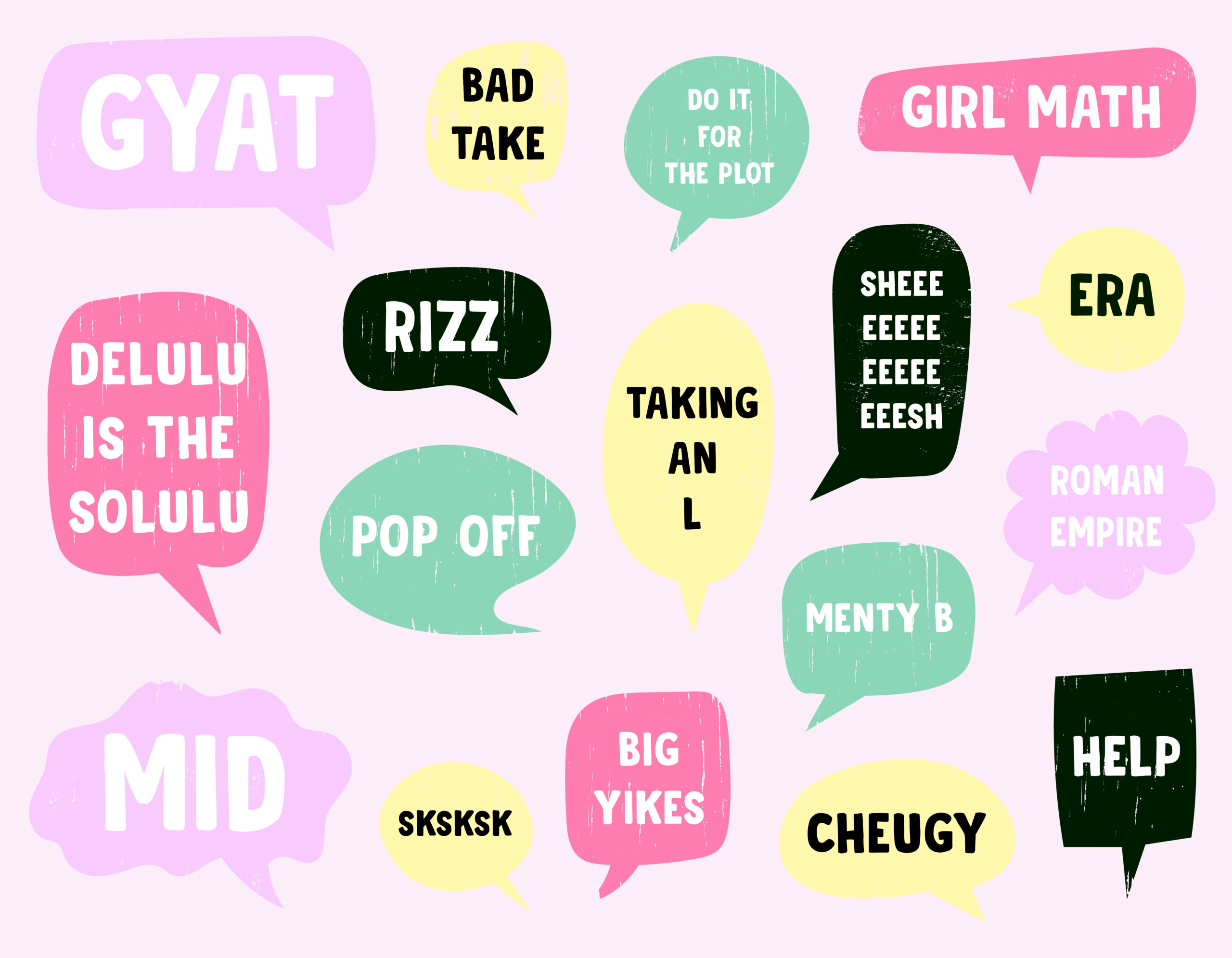
Generation Alpha and the New Language of Storytelling
Generation Alpha, born after 2009, represents the first generation to grow up entirely in the smartphone and social media era. Their approach to language, humor, and storytelling reflects this digital nativity in profound ways that affect how they engage with traditional children's stories and educational content.

The Digital Native Vocabulary
Just as fairy tales served as vehicles for cultural transmission in previous generations, modern slang terms like "Ohio," "skibidi," and "rizz" function as the new mythology for Gen Alpha. These terms carry cultural weight and social meaning that extends far beyond their literal definitions.
Key Gen Alpha Slang Terms in Storytelling Context:

Impact on Traditional Storytelling Methods
The rise of internet slang among children presents both challenges and opportunities for traditional storytelling methods. Parents and educators working with bedtime stories, moral stories, and educational content must now navigate a linguistic landscape that's constantly evolving at digital speed.
However, this doesn't mean traditional stories lose their value. Instead, understanding these trends allows storytellers to bridge generational gaps and create more engaging content that resonates with modern children while preserving the timeless wisdom found in classic tales and fables.
Bridging Digital Trends and Traditional Children's Literature
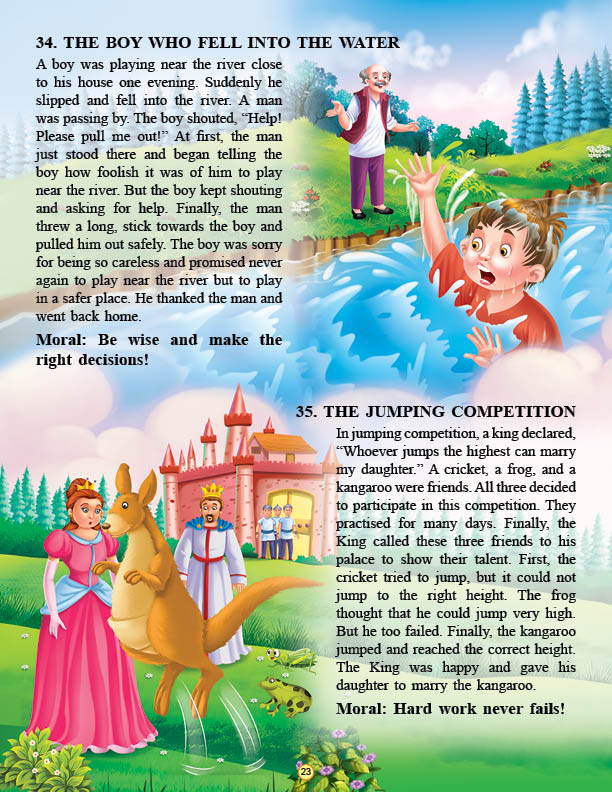
The challenge for modern parents and educators lies in connecting contemporary digital culture with the rich tradition of children's literature. The Ohio meme phenomenon offers unique insights into how we can adapt our approach to storytelling while maintaining the educational and moral value that makes children's stories so important for development.
Integrating Modern Language into Classic Story Formats
Strategies for Educators and Parents:
- Use familiar slang terms to introduce new vocabulary in educational stories
- Create interactive stories that acknowledge children's digital experiences
- Develop picture books that reference both traditional and modern elements
- Encourage children to retell classic tales using their own language
- Design storytime activities that incorporate current trends respectfully

The Role of Picture Books in Digital Age Storytelling
Picture books remain one of the most effective mediums for reaching children who are simultaneously immersed in digital culture and traditional learning environments. Modern illustrated books can serve as bridges between the visual, meme-driven culture of the internet and the narrative depth of classic storytelling.
Publishers and authors are increasingly recognizing the need to create content that acknowledges children's digital experiences while providing the developmental benefits associated with traditional reading. This includes incorporating visual elements that reference internet culture while maintaining the educational integrity of classic fairy tales and moral stories.

Educational Implications and Learning Opportunities
The phenomenon of children using terms like "Ohio" as slang presents unique educational opportunities when approached thoughtfully. Rather than dismissing these trends as meaningless "brainrot," educators and parents can leverage them as entry points for deeper learning about language, culture, and communication.

Language Evolution and Literacy Development
The rapid evolution of internet slang mirrors historical patterns of language change that have occurred throughout human civilization. By studying how terms like "Ohio" gain and transform meaning, children can develop a deeper understanding of:
- How language adapts to new social contexts
- The difference between formal and informal communication
- Cultural transmission through linguistic innovation
- The role of community in shaping language

Creating Educational Content That Resonates
Successful educational stories in the digital age must balance respect for children's cultural experiences with meaningful learning objectives. This requires understanding not just what children are saying, but why certain trends resonate so powerfully with their generation.
The appeal of the Ohio meme lies partly in its absurdist humor and community-building function. Educational content can harness these same elements by creating stories that are genuinely funny, encourage group participation, and acknowledge the creative ways children use language to express their experiences.

Practical Guidance for Parents and Educators
Understanding the Ohio meme and similar internet trends is just the beginning. The real challenge lies in using this knowledge to create meaningful connections with children and enhance their learning experiences through improved storytelling and educational content.

Building Communication Bridges
Do's for Parents:
- • Ask children to explain new terms they use
- • Show genuine curiosity about their digital culture
- • Find connections between their interests and classic stories
- • Use their language occasionally in appropriate contexts
- • Encourage creative expression through storytelling
Don'ts for Parents:
- • Dismiss their language as meaningless
- • Overuse slang terms inappropriately
- • Panic about "brain rot" without understanding
- • Force traditional content without adaptation
- • Ignore the social aspects of language evolution

Adapting Storytelling Techniques
Modern storytelling for children requires flexibility and creativity. The goal isn't to eliminate internet culture from children's experiences, but to enrich their understanding by connecting digital trends with timeless wisdom found in traditional tales, fables, and moral stories.
Innovative Storytelling Approaches:
- Interactive Narratives: Create stories where characters face "Ohio" situations and need to solve problems using wisdom and creativity.
- Modern Fairy Tale Adaptations: Retell classic tales in contemporary settings that acknowledge current cultural references while preserving moral lessons.
- Multimedia Storytelling: Combine traditional reading with visual elements that reference familiar internet culture in educational ways.
- Collaborative Story Creation: Engage children in creating their own stories that blend their cultural experiences with traditional narrative structures.

Digital Literacy and Responsible Media Consumption
The Ohio meme phenomenon highlights the importance of digital literacy education for children. While internet culture can be engaging and creative, children also need tools to navigate online spaces responsibly and critically evaluate the content they encounter.

Teaching Critical Thinking Through Story Analysis
Traditional children's literature has always served as a vehicle for teaching critical thinking skills. Fairy tales, fables, and moral stories encourage children to analyze character motivations, predict outcomes, and understand cause-and-effect relationships. These same analytical skills are essential for navigating digital content.
Critical Thinking Skills for Digital Age:
Source Evaluation:
Teaching children to question where information comes from, just like identifying the moral source in traditional tales.
Context Understanding:
Helping children understand when and why certain language or content is appropriate, similar to understanding story settings.
Consequence Awareness:
Understanding that online actions have real-world effects, paralleling moral lessons in classic stories.
Creative Expression:
Encouraging positive creativity while understanding boundaries, like heroes in adventure stories making good choices.

Balancing Screen Time with Traditional Reading
The concern about "brain rot" from excessive social media consumption is valid, but the solution isn't complete digital abstinence. Instead, parents and educators should focus on creating balanced media diets that include both digital engagement and traditional reading experiences like bedtime stories, picture books, and interactive storytelling sessions.
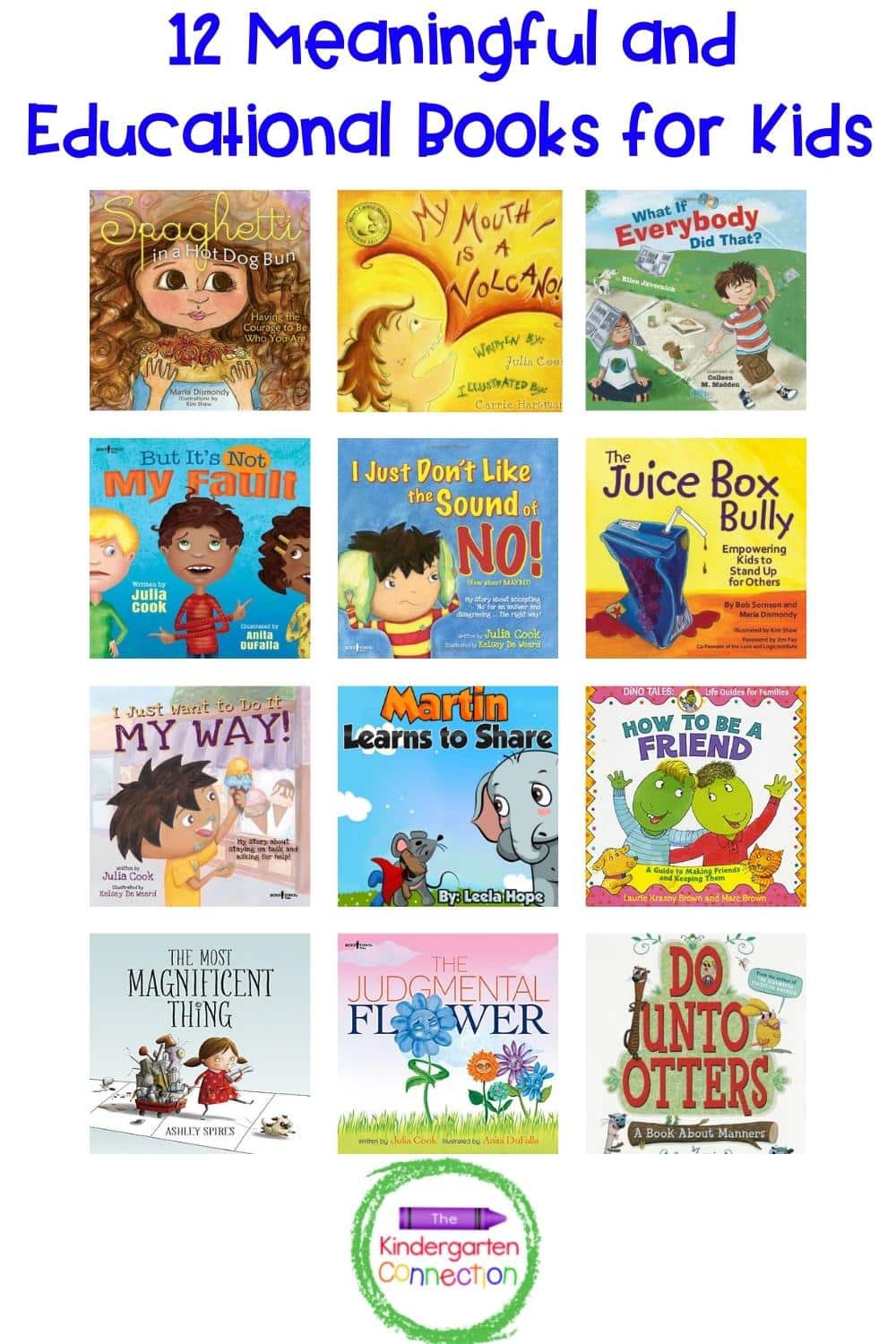
The Future of Children's Content and Storytelling
As digital trends like the Ohio meme continue to evolve, the landscape of children's content creation must adapt while preserving the fundamental values that make stories powerful tools for education, moral development, and emotional growth. The future lies in thoughtful integration rather than resistance or wholesale adoption.

Emerging Trends in Educational Storytelling
Interactive Digital Books
Publishers are creating picture books that respond to touch, voice, and movement, bridging physical and digital storytelling experiences while maintaining the core narrative elements that make traditional books valuable.
AI-Assisted Personalization
Artificial intelligence is enabling the creation of personalized adventure stories and fairy tales that adapt to individual children's interests and reading levels while incorporating familiar cultural references like internet memes in educational contexts.
Community-Driven Content
Platforms are emerging that allow children and families to collaborate on creating modern fables and moral stories that address contemporary issues while drawing on timeless wisdom from classic tales.

Preserving Timeless Values in Modern Formats
The challenge for content creators is maintaining the developmental benefits of traditional storytelling while making content relevant to children who live in a world of viral memes and rapid cultural change. This requires understanding that the medium may evolve, but the core human needs addressed by stories remain constant.
Children still need stories that help them understand right from wrong, cope with fears and challenges, develop empathy, and imagine possibilities beyond their immediate experience. Whether delivered through classic picture books, interactive digital experiences, or hybrid formats that acknowledge current culture, these fundamental storytelling purposes remain essential.

Practical Resources for Parents and Educators
Understanding the Ohio meme phenomenon is most valuable when it leads to actionable strategies for improving children's literacy, communication skills, and overall development. Here are concrete resources and approaches that leverage this cultural knowledge effectively.
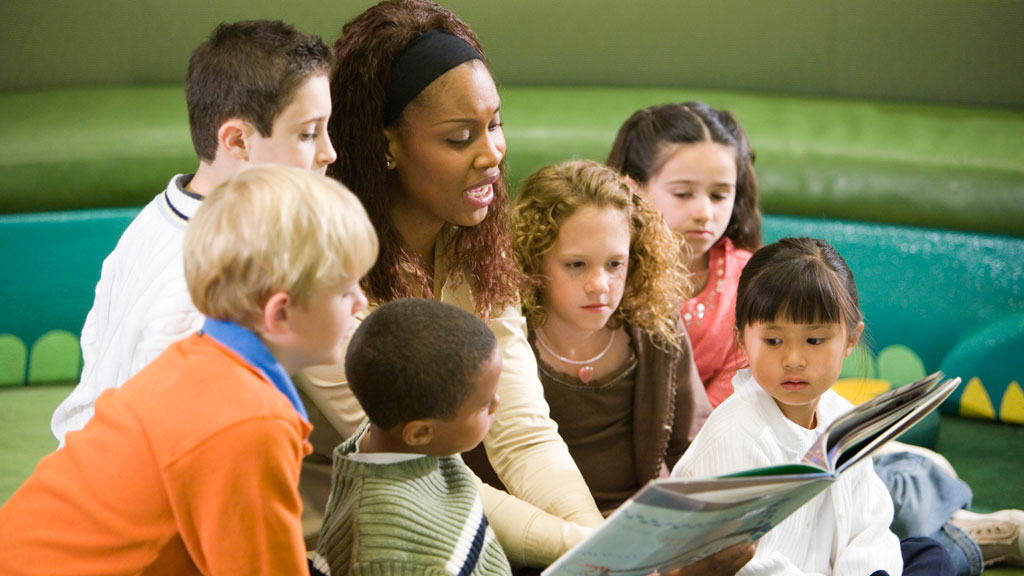
Age-Appropriate Content Recommendations
Ages 3-6: Early Readers
- • Simple picture books with modern illustrations
- • Interactive storytime with familiar characters
- • Moral stories adapted for contemporary settings
- • Songs and nursery rhymes with updated elements
Ages 7-10: Developing Readers
- • Adventure stories with modern technology
- • Classic fairy tales with contemporary twists
- • Educational stories about digital citizenship
- • Collaborative storytelling projects
Ages 11+: Independent Readers
- • Analysis of language evolution and slang
- • Creative writing incorporating current culture
- • Critical media literacy through story analysis
- • Cross-cultural storytelling comparisons
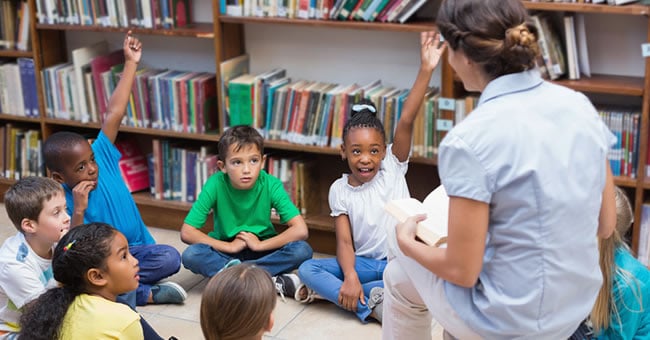
Creating Inclusive Story Environments
The most effective approach to incorporating modern cultural elements like internet slang into educational content is creating inclusive environments where children feel their experiences are valued while being introduced to broader perspectives and deeper learning opportunities.
Implementation Strategies:
Acknowledge and Validate
Start storytelling sessions by acknowledging children's current interests and language, showing respect for their cultural experiences.
Bridge and Connect
Draw explicit connections between modern trends and timeless themes found in classic literature and moral stories.
Expand and Enrich
Use familiar starting points to introduce new vocabulary, concepts, and perspectives through carefully selected educational content.
Reflect and Apply
Encourage children to apply lessons learned through stories to their own lives and digital experiences.

Research Insights and Statistical Analysis
The Ohio meme's rapid rise to cultural prominence provides valuable data points for understanding how modern children consume and create content. Recent research reveals significant trends that inform best practices for educational storytelling and children's media.
Key Statistics on Digital Culture and Children:
Total social media engagements with Ohio meme content in July 2024
Year-over-year growth in Ohio meme mentions between 2023-2024
Month-over-month increase in engagement from June to July 2024
Primary demographic driving adoption of Ohio and related slang terms
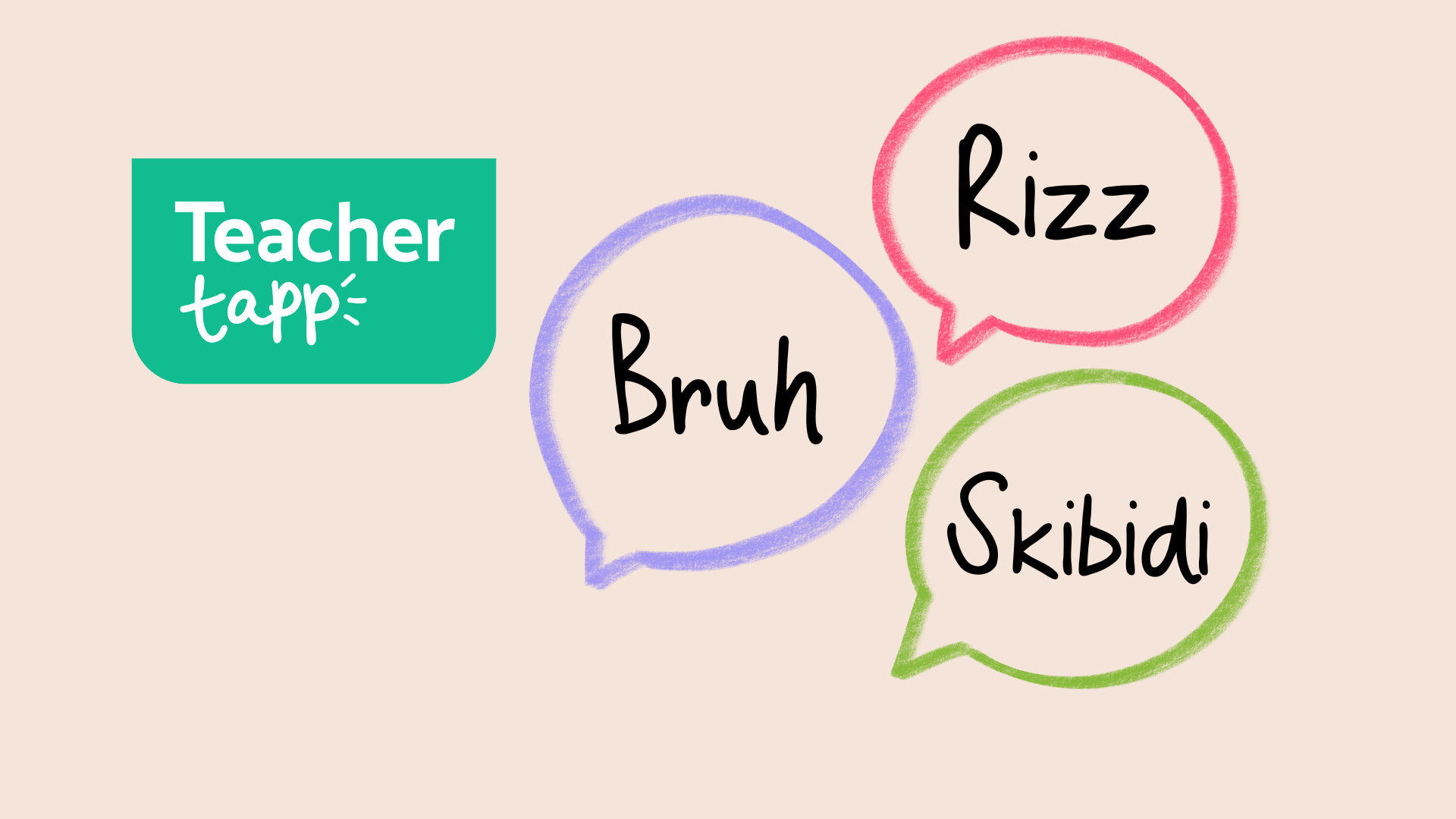
Impact on Reading and Learning Behaviors
While concerns about "brain rot" from excessive meme consumption are understandable, research suggests that children's engagement with internet culture doesn't necessarily diminish their capacity for traditional learning. Instead, the key lies in how educators and parents frame and integrate these experiences.
Studies indicate that children who engage with both digital culture and traditional storytelling formats often demonstrate enhanced creativity, improved social communication skills, and better adaptation to diverse communication contexts. The challenge is ensuring balance and quality in both digital and traditional content exposure.
Discover Magical Bedtime Stories for Your Children
Bridge the gap between digital culture and timeless storytelling with our collection of engaging, educational bedtime stories designed for modern families.

Help your children develop literacy skills while staying connected to their cultural experiences
Conclusion: Embracing Evolution in Children's Storytelling
The phenomenon of children saying "Ohio" to mean something weird or bizarre represents more than just internet slang—it's a window into how young minds process and create meaning in our rapidly evolving digital world. Rather than viewing these trends as threats to traditional education, we can embrace them as opportunities to enhance our storytelling and educational approaches.

The future of children's content lies not in choosing between digital trends and traditional stories, but in thoughtfully integrating both to create richer, more engaging educational experiences. By understanding phenomena like the Ohio meme, we can better connect with children while introducing them to the timeless wisdom found in fairy tales, moral stories, fables, and classic literature.
As parents, educators, and content creators, our role is to serve as bridges between the digital natives' cultural experiences and the rich literary traditions that continue to offer valuable lessons about life, relationships, and personal growth. When we approach this integration with respect, creativity, and educational purpose, we create opportunities for children to develop both digital literacy and traditional reading skills.
Key Takeaways for Modern Storytelling:
- • Acknowledge and respect children's digital cultural experiences
- • Use familiar references as entry points to deeper learning
- • Maintain focus on timeless values while adapting delivery methods
- • Create inclusive environments that value both traditional and modern elements
- • Encourage critical thinking about all forms of media consumption
- • Foster creativity through collaborative storytelling experiences
The Ohio meme will eventually fade, replaced by new trends and cultural phenomena. However, the lessons we learn from understanding and integrating these trends into educational practice will continue to serve us as we navigate the evolving landscape of children's media and education. By staying curious, adaptable, and focused on children's developmental needs, we can ensure that storytelling continues to play its vital role in shaping young minds and hearts.
Related Content You Might Enjoy
Understanding Gen Alpha Language: A Parent's Guide
Explore other viral terms and trends affecting children's communication
Read More →Digital Literacy for Young Children
Teaching responsible internet use through storytelling methods
Read More →Modern Fairy Tales: Adapting Classic Stories
How to update traditional tales for contemporary audiences
Read More →

